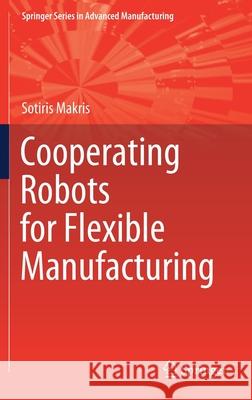Cooperating Robots for Flexible Manufacturing » książka
topmenu
Cooperating Robots for Flexible Manufacturing
ISBN-13: 9783030515904 / Angielski / Twarda / 2020 / 409 str.
Cooperating Robots for Flexible Manufacturing
ISBN-13: 9783030515904 / Angielski / Twarda / 2020 / 409 str.
cena 644,07
(netto: 613,40 VAT: 5%)
Najniższa cena z 30 dni: 616,85
(netto: 613,40 VAT: 5%)
Najniższa cena z 30 dni: 616,85
Termin realizacji zamówienia:
ok. 22 dni roboczych
Dostawa w 2026 r.
ok. 22 dni roboczych
Dostawa w 2026 r.
Darmowa dostawa!
Kategorie:
Kategorie BISAC:
Wydawca:
Springer
Seria wydawnicza:
Język:
Angielski
ISBN-13:
9783030515904
Rok wydania:
2020
Wydanie:
2021
Numer serii:
000904318
Ilość stron:
409
Waga:
0.77 kg
Wymiary:
23.39 x 15.6 x 2.39
Oprawa:
Twarda
Wolumenów:
01
Dodatkowe informacje:
Wydanie ilustrowane











